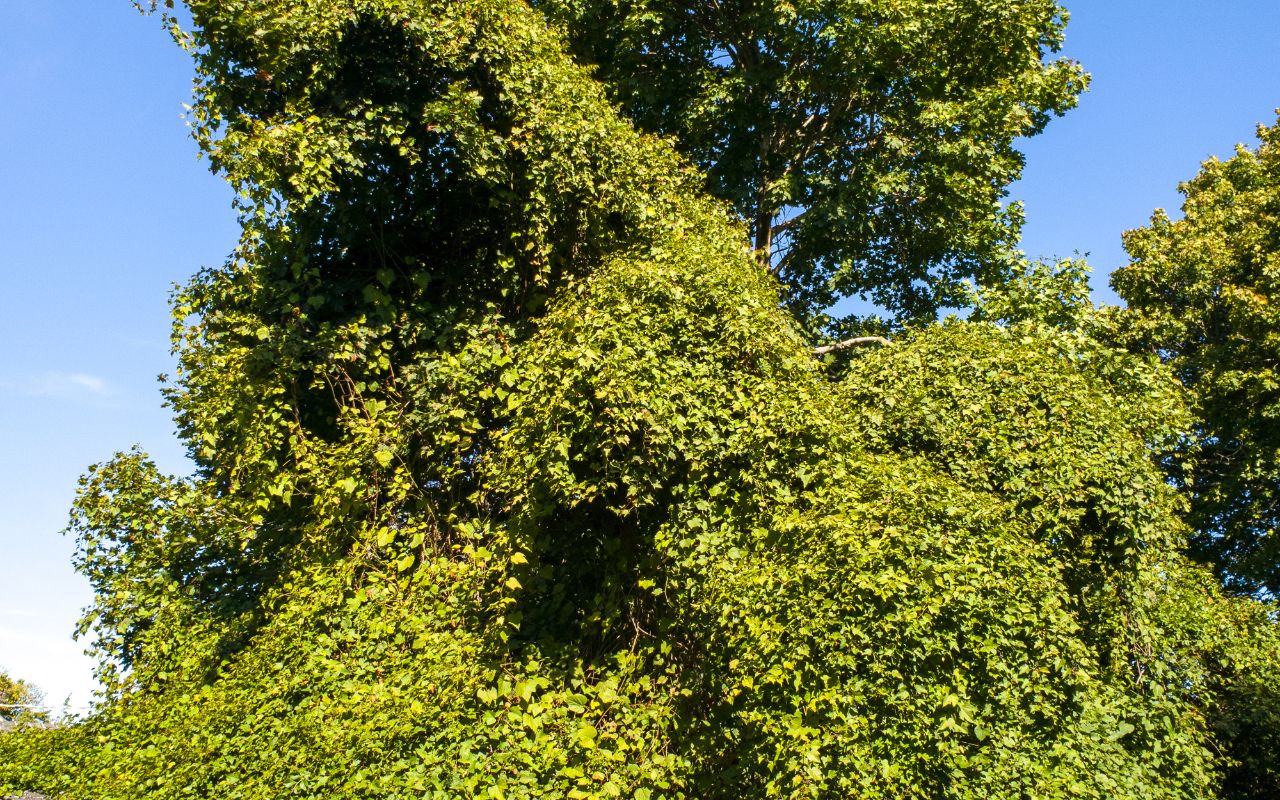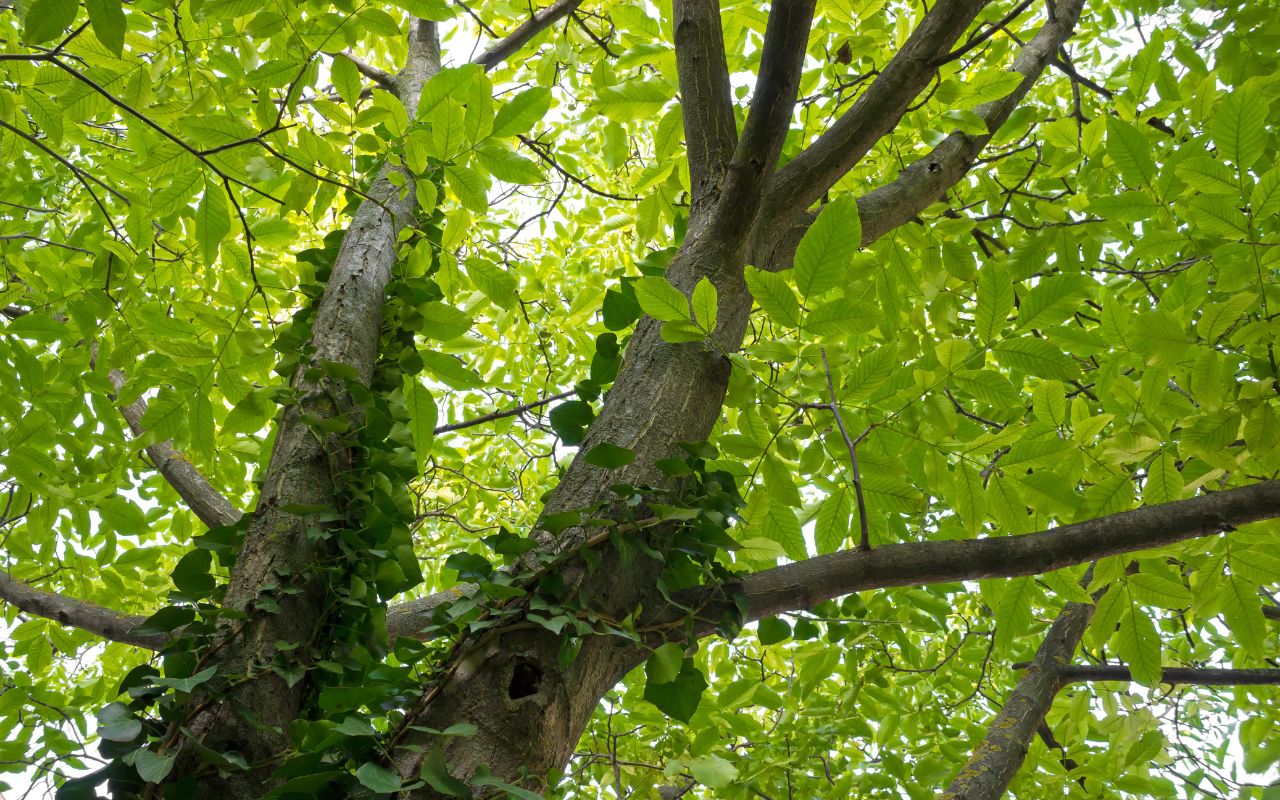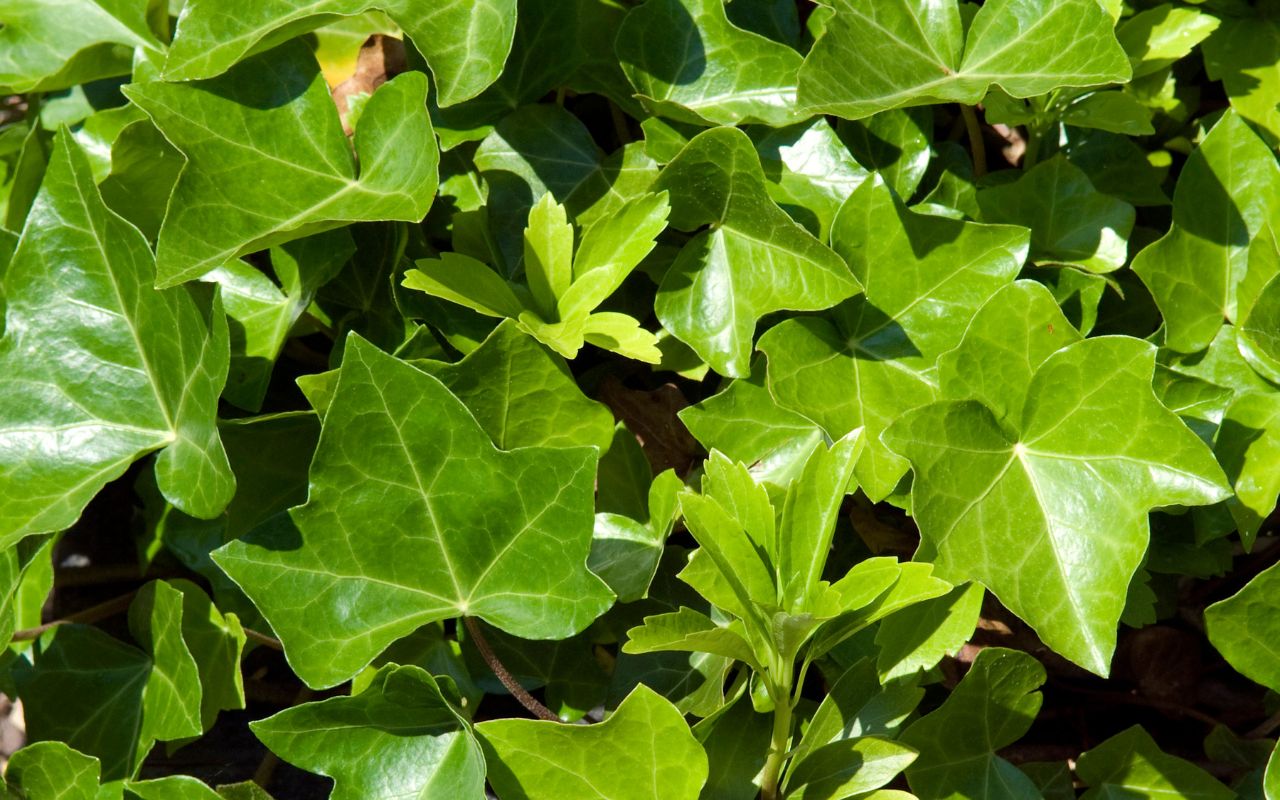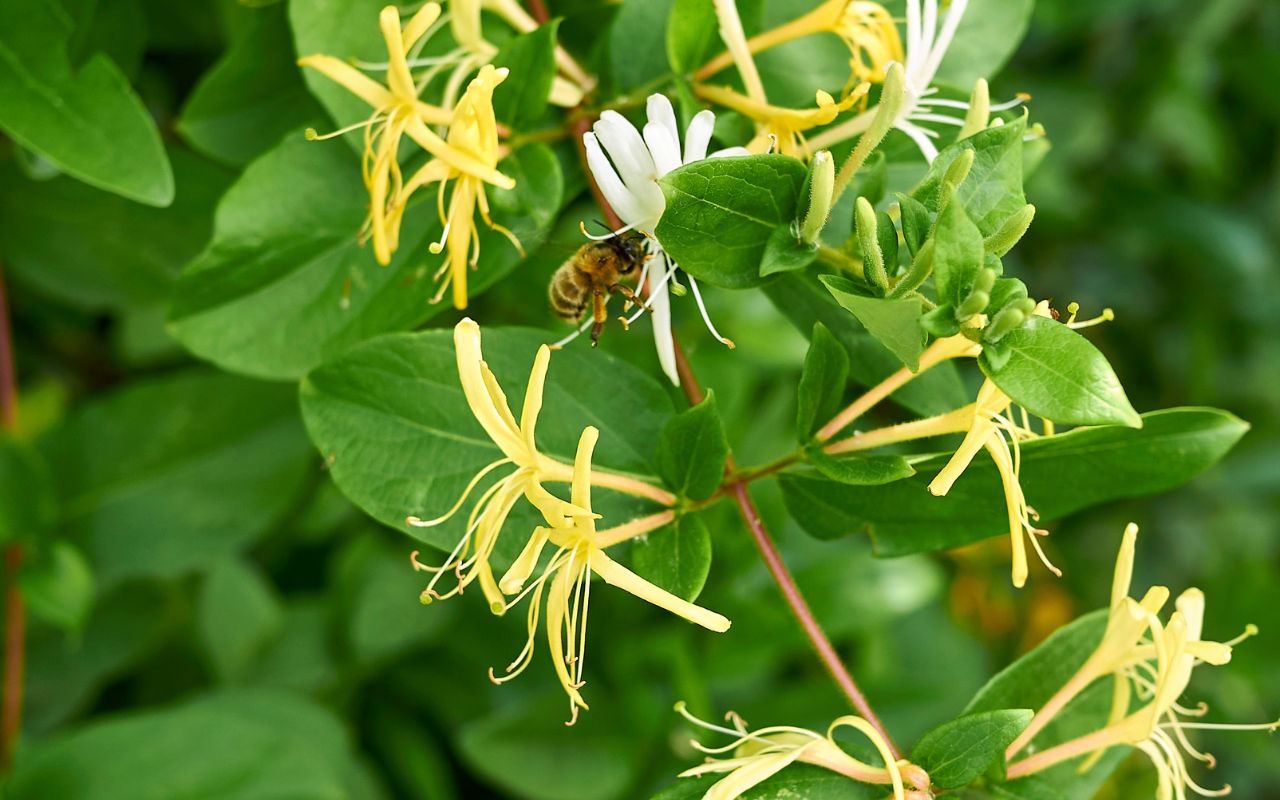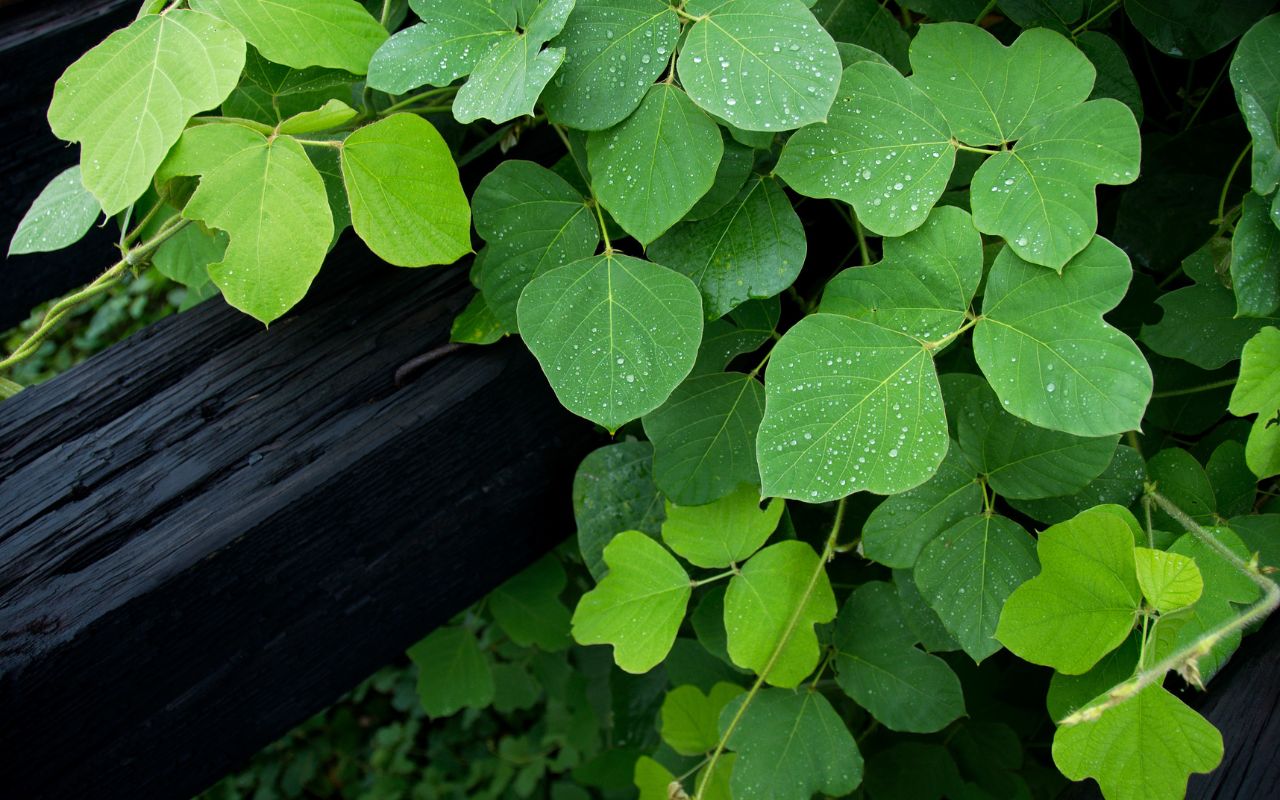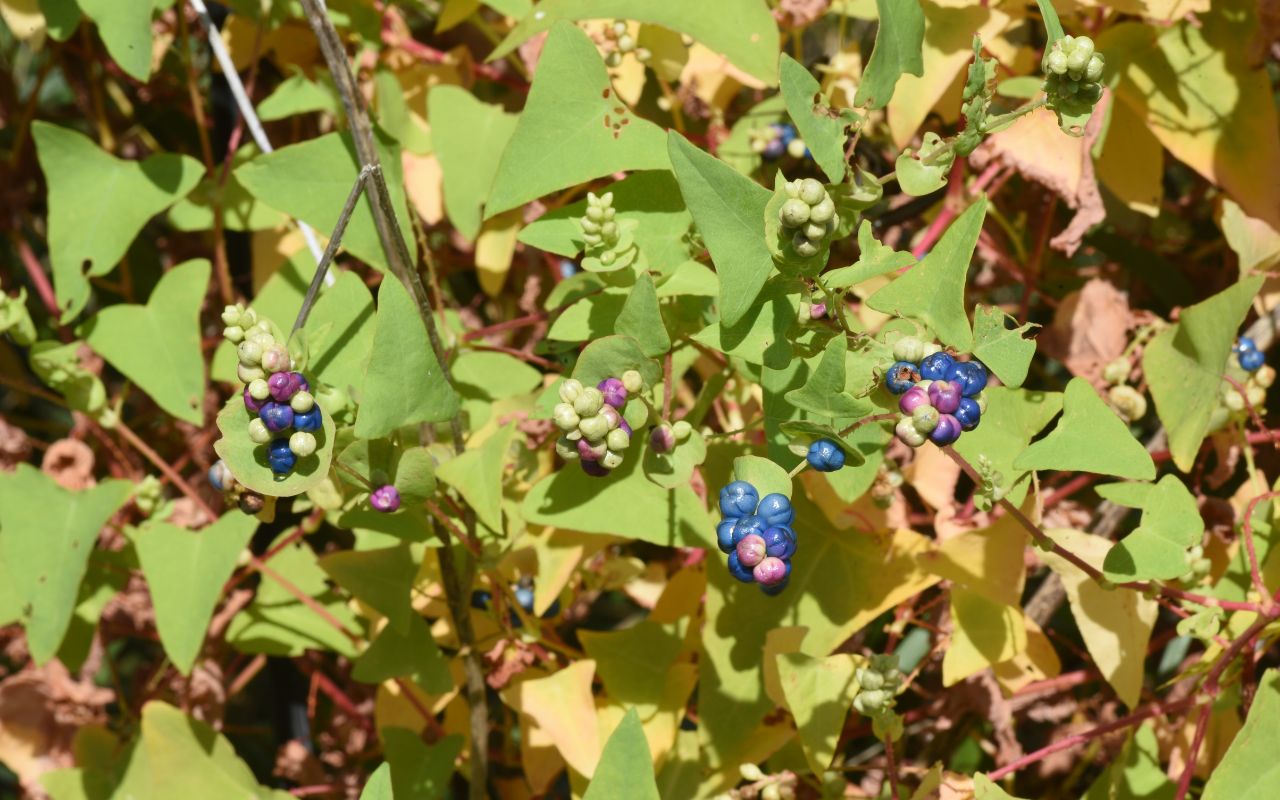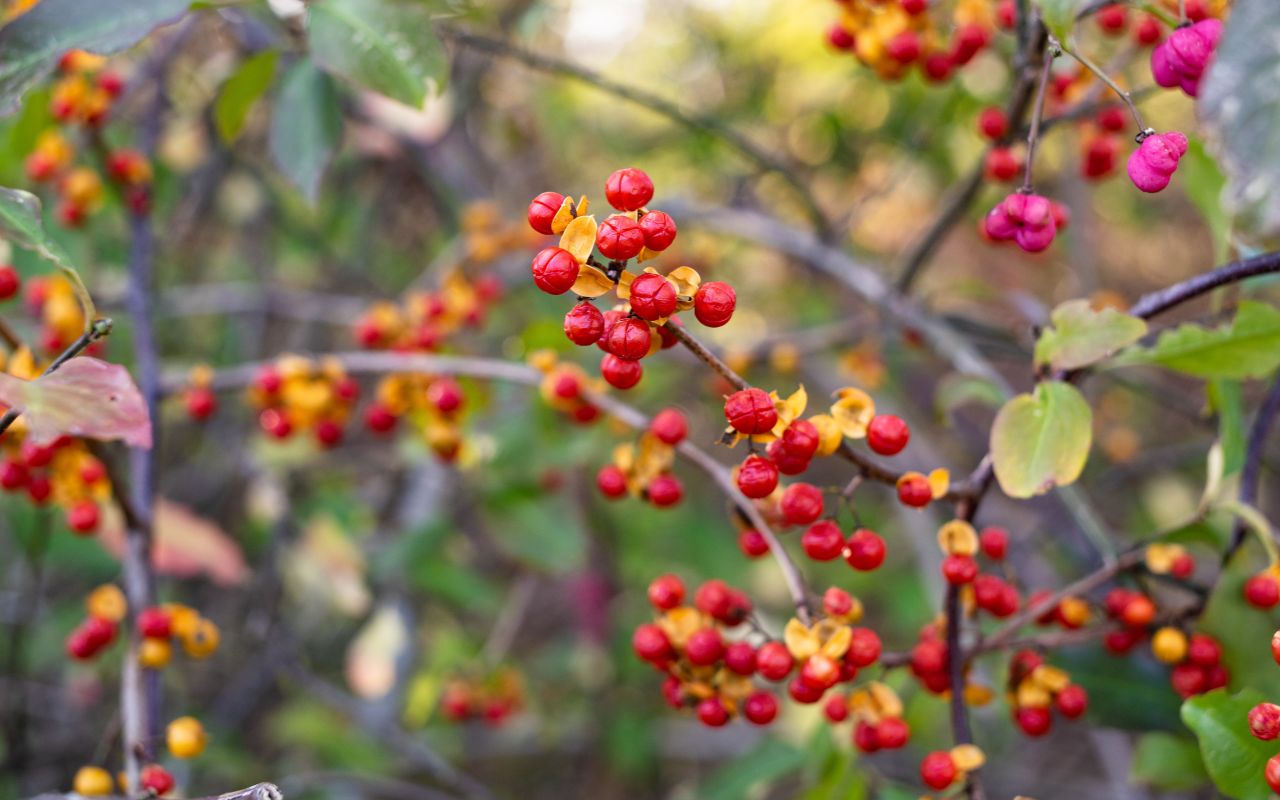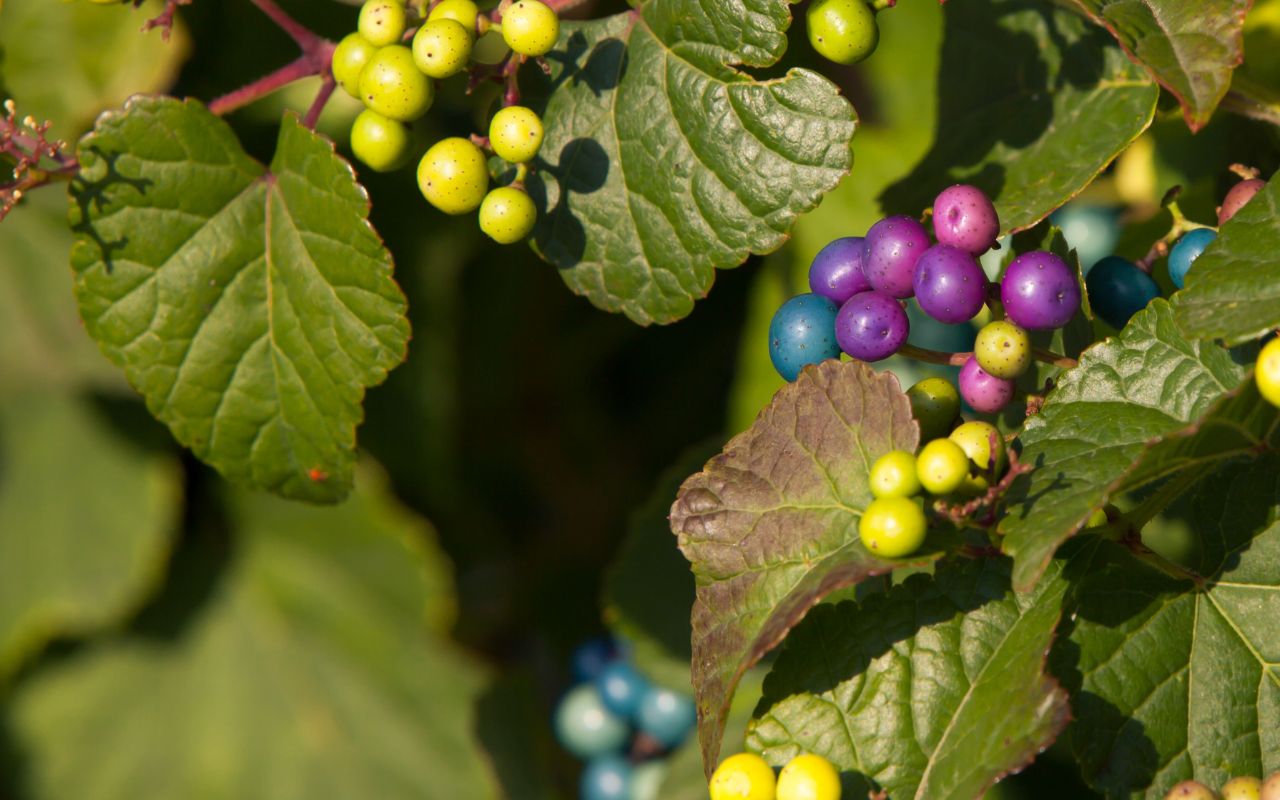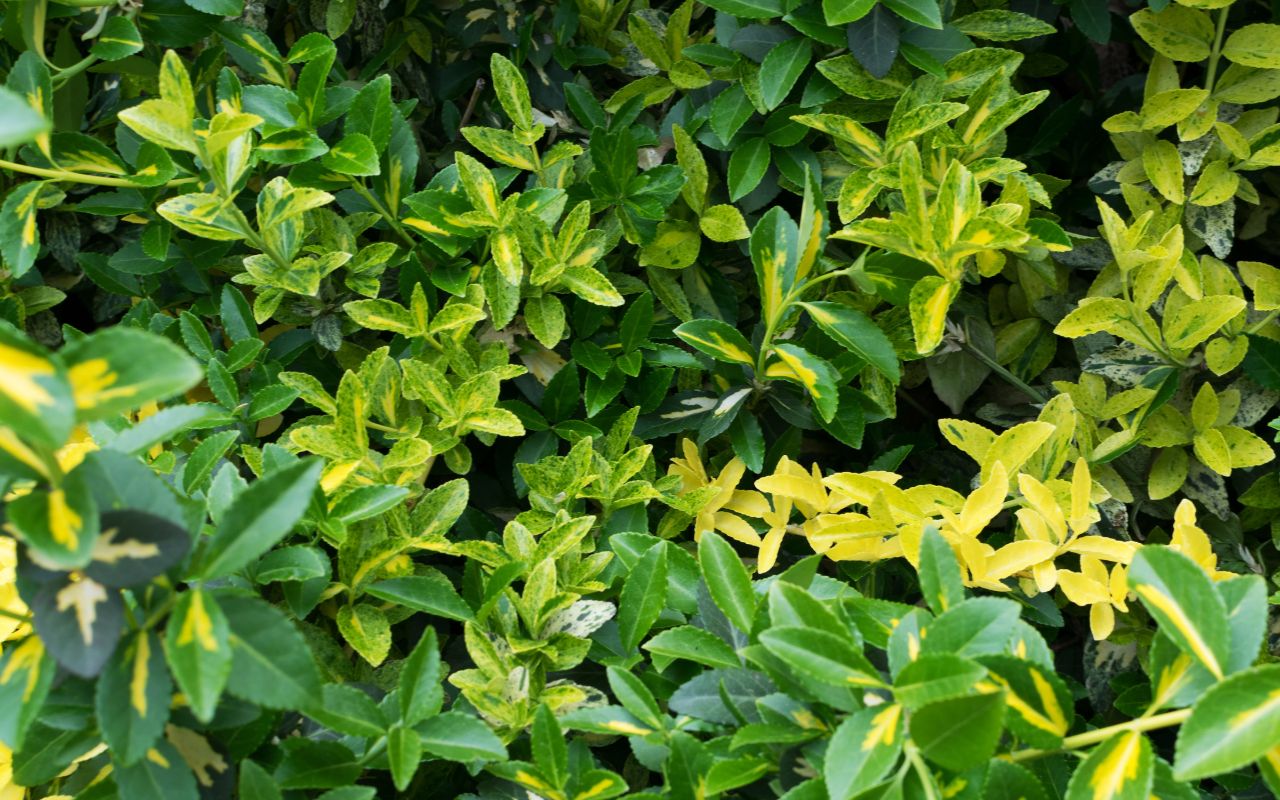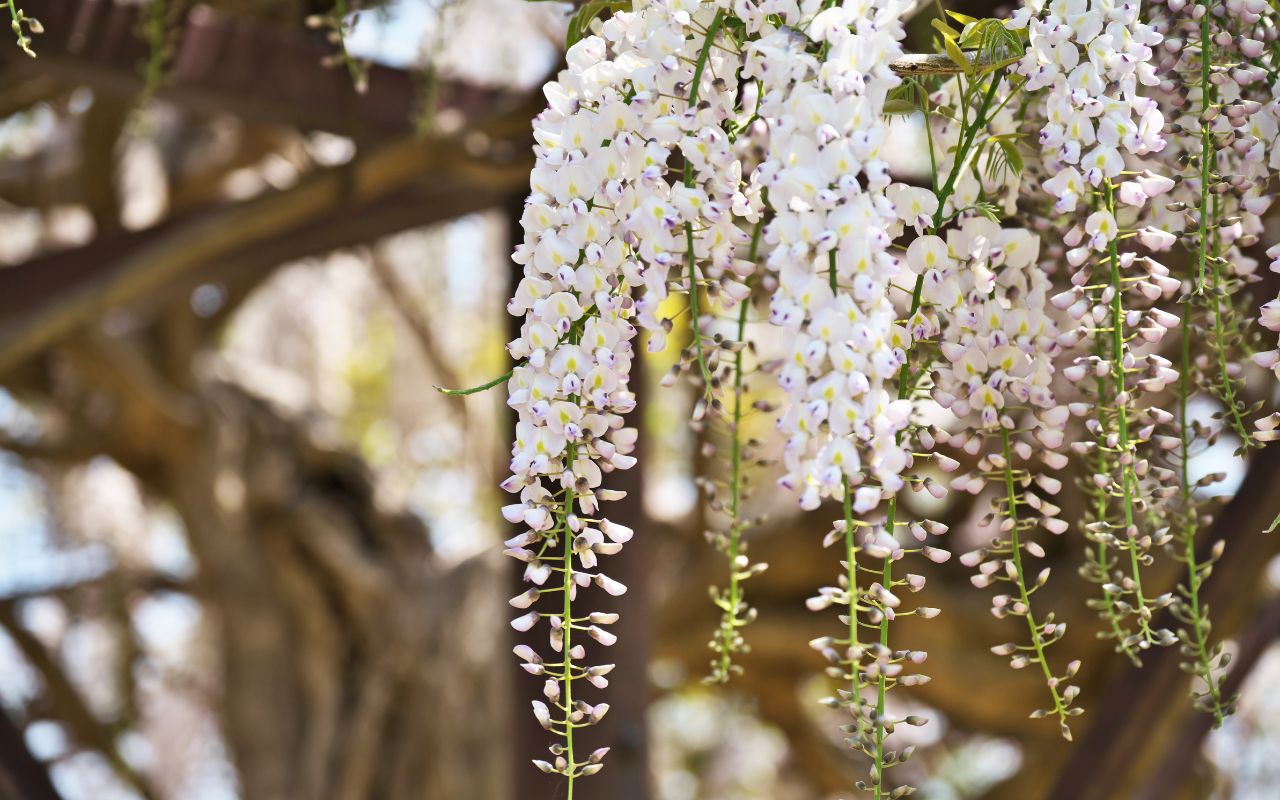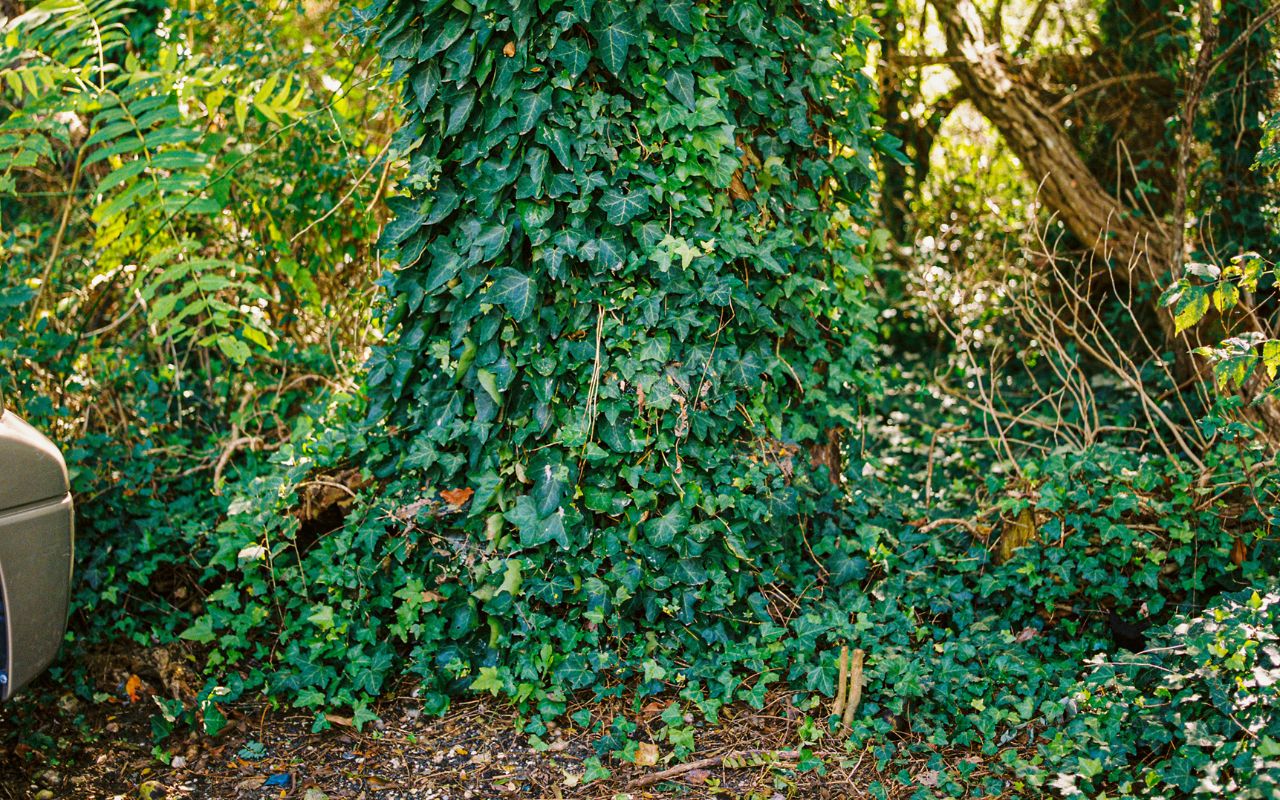
How to Tell the Difference Between Invasive and Native Vines in Northern Virginia
While native vines can provide benefits to our trees and wildlife, invasive vines, or vines not native to our area, often have the opposite effect. Many non-native vines that are currently considered invasive in Northern Virginia are harming and even killing trees
Invasive and destructive vines are so widespread that it is estimated that as many as 3 million trees may be at risk in Northern Virginia alone.
In this article, we will introduce some of the invasive vines that should be removed from trees, talk about native vines (those that are okay to keep), and how to tell the difference.
How Do Invasive Vines Harm Trees?
While vines may seem harmless, they can do more damage than you realize. In particular, invasive vines can be harm trees by:
- Choking trees
- Covering trees and “stealing” their sunlight
- Becoming so overgrown that they take over an area, not letting anything else grow
- Weighing down trees so they are more susceptible to breaking or falling
- Harming wildlife that rely on our native trees for food and then spread the seeds
However, it is usually the invasive vines, not the native ones, that cause these problems.
Do Native Vines Harm Trees?
While native vines may sometimes cause issues, for the most part, they provide more benefits than dangers.
Native trees and native vines work together, and many native vines produce food for our local wildlife.
There can be “too much of a good thing,” however, so if you notice that your native vines are becoming too abundant, you may want to cut them back to control them.
Common Invasive Vines Found in Northern Virginia
The easiest way to determine if a vine is invasive is to look for any vine that is wound around and around a tree trunk, as most native vines don’t grow that way.
However, it can be helpful to know how to recognize specific vines, as many look similar to native vines. Below are the top invasive vines to check for on your property.
English Ivy
English ivy (Hedera helix) may be the vine that is most easily recognizable. As an evergreen plant, this invasive vine will stay green throughout the year, making it more noticeable during the winter months.
You may recognize English ivy by its thick, leathery leaves that change shape as the vine winds up a tree. It is also known for the hairy roots on older stems that are tan or gray.
English ivy can be confused with natives, such as poison ivy or Virginia creeper. It can be removed by cutting it around two feet above the ground and then cutting at the ground level. You can also pull it up by the roots to stop it from growing.
Use caution, however, as English ivy can cause rashes to the skin.
Japanese Honeysuckle
Japanese honeysuckle (Lonicera japonica) was once a popular ornamental plant, but it has quickly become invasive and is known to girdle other plants, steal sunlight, and cause trees to break or fall due to the excess weight of the vine.
Japanese honeysuckle also keeps its leaves during the winter month, and if you have a larger vine, you may able to recognize it by the shaggy bark. When in bloom, the vine has white or yellow flowers.
Japanese honeysuckle can be removed by pulling the seedlings directly from the ground and by cutting larger vines at two feet above the ground and then at ground level.
Be careful not to confuse Japanese honeysuckle with the native coral honeysuckle.
Japanese Hops
Japanese hops (Humulus japonicus) are often found near streams or on the edge of forests. This vine can become dense, blocking sunlight and preventing native plants and trees from growing.
You can recognize Japanese hops by their unique leaves, which have five to nine lobes.
In our area, Japanese hops reseed in August or September, so pull any you spot before it has a chance to spread during those months, if possible.
Note that it can often be confused with natives such as Virginia Creeper or wild cucumber.
Kudzu
Kudzu (Pueraria montana) can be recognized by its large leaves with three leaflets. A fast grower, it has been known to grow a foot in a day! It has a habit of displacing native species wherever it grows – which can include roadsides, in fields, or at the edge of forests.
Kudzu can look similar to natives, like poison ivy or grape vines, but if you determine that the vine is kudzu, you can control it by removing its entire root, cutting it back as often as possible, or even mowing over it. Removing it by the root is preferred, since this fast-growing vine will resprout quickly.
Mile-A-Minute
Mile-a-Minute (Polygonum perfoliatum) has thorns, so watch out if you have this vine on your property! It can be recognized by its triangular-shaped leaves or by its bright, colorful berries.
To control this invasive vine, remove it from any vertical surfaces, then pull up any roots. If there is fruit on the vine when you remove it, add the vines and fruit to a bag to prevent any unintentional planting.
Mile-a-Minute looks similar to natives, such as pokeweed and Greenbriar. One way you can spot Mile-a-Minute is that the leaves behind the berries will attach themselves to the vine again, forming a sort of cup shape.
Oriental Bittersweet
Oriental bittersweet (Celastrus orbiculatas) can easily be confused for the native variety, American bittersweet.
It has red berries inside of yellow husks, which can be used to identify this plant.
Similar to other invasives, it is best to cut this vine at two feet above the ground and then at the ground level. Remove the roots if possible.
Periwinkle
Periwinkle (Vinca minor, Vinca major) has beautiful flowers in shades of blue, purple, or white, but it can still cause harm as it forms into dense groundcover. Most often found in woods, fields, and roadsides, the best way to control this vine is to remove it completely or to continuously mow over it.
Porcelain Berry
Porcelain berry or Porcelain berry (Ampelopsis brevipedunculata) is known for its colorful berries. Prune this vine in spring or fall to prevent the flowers from blooming, or cut it at two feet and at ground level. If the vine already has berries, be sure to bag them to prevent reseeding.
Wintercreeper
Wintercreeper (Euonymus fortunei) has shiny leaves with small teeth on the leaf edges and white berries that turn to red. The vine is evergreen, staying colorful all year. You can hand pull this invasive or cut it at two feet and at ground level.
Chinese and Japanese Wisterias
Wisterias (Wisteria floribunda, Wisteria sinensis) are beautiful vines but are known to displace native species. Look for the fuzzy seed pods or the wisteria flowers to ID this vine.
Watch a short video showing how to distinguish invasive vines from native vines from Plant NOVA >>
Other Invasive Vines to Watch For
Though less common in our area, these vines or plants are also considered invasive in Virginia:
- Five-leaf akebia
- Multiflora Rose
- Sweet autumn clematis
See a “cheat sheet” of invasive vines
This Non-Native Invasive ID and Control Booklet from Fairfax County has photos to help you ID invasive vines and other invasive plants.
What To Do If Your Property Has Invasive Vines
If you spot invasive vines on your property, try to remove them as soon as possible. If they are growing near the ground, pull them out by the roots.
Older vines can become quite thick and can grow high up into the tree canopy.
Luckily, you only need to cut the vines at around two feet from the ground and again at ground level. Remove the vines in that two-foot area, but leave the vines above it alone. Since they are no longer connected to the roots, the vines higher in the tree canopy will eventually die and fall on their own.
If you can, pull the roots of the vine up from the ground to prevent the vine from resprouting. As the vine dies and falls from the tree, remove it from your property.
Want to help stop invasive vines in other areas of Northern Virginia? A Tree Rescuers Volunteer Education Program began recently, launched by Plant NOVA Trees. The volunteers search for invasive vines in neighborhoods, educate homeowners, and more.
Read an article about Tree Rescuers at plantnovanatives.org >>
What Vines are Native to our Area?
There are several vines that are native to Northern Virginia. Even poison ivy, though an irritant, is native!
- Wild grapevines (Vitis riparia, Vitus labrusca, etc.)
- Crossvine (Bignonia capreolata)
- Virginia creeper (Parthenocissus quinquefolia) – pictured above
- Wild cucumber (Echinocystis lobata)
- Poison ivy (Toxicodendron radicans)
- Virgin’s bower (Clematis virginiana)
- Carolina or yellow Jessamine (Gelsemium sempervirens)
- Coral honeysuckle (Lonicera sempervirens)
- Purple passionflower (Passiflora incarnata)
- American wisteria (Wisteria frutescens)
Removing Invasive Vines Can Extend the Life of your Trees
Now that you are familiar with the dangers of invasive vines, have learned which vines can cause damage to the trees in our area, and have some resources for how to remove the vines, check your own trees and property.
If you notice any invasive vines, remove them using the methods outlined above, if possible. Remember, you don’t have to remove the vines that reach high into a tree’s canopy, only the ones that are easily accessible at ground level up to two feet.
If invasive vines have damaged or injured your tree, it may be safer to remove the tree before it falls. Contact Green Vista to schedule your tree removal before high winds bring your vine-covered trees crashing down.
In need of tree care services?
Give us a call at 571-244-3838 or request a quote online!
More Articles From Green Vista Tree Care

